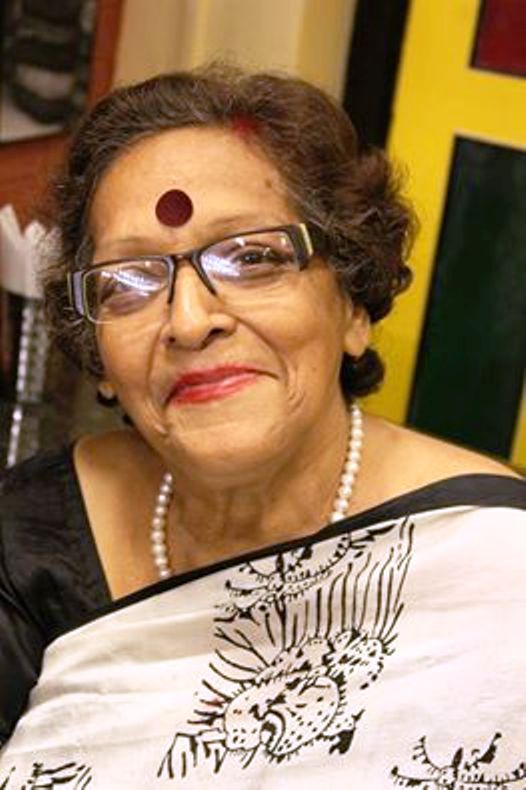Bergman as filmmaker has evolved into a concept and it is only just that the country that produces the largest number of films should also get to see the best from around the globe.
Ingmar Bergman centenary: Kolkata film festival lines up an elaborate tribute
Kolkata - 08 Nov 2018 21:45 IST
Updated : 22:22 IST


Shoma A Chatterji
In honour of the centenary of Swedish filmmaker Ingmar Bergman this year, the 24th Kolkata International Film Festival has curated a tribute through the screening of eight of his outstanding films.
The films chosen are: Wild Strawberries (1957), The Seventh Seal (1957), Through A Glass Darkly (1961), Winter Light (1963), Persona (1966), Cries And Whispers (1972), Fanny And Alexander (1982), and the documentary Bergman Island (2004).
Shaken by a foreboding dream, Professor Isak Borg decides to drive rather than fly to his felicitation with his daughter-in-law. They offer a lift to a young woman and her two suitors. This incident, along with a visit to his old mother, awakens in the professor memories of the past through a dream world in sleep and in an awakened state. He looks back into his own past, as if he is experiencing in the present, through sound and visuals, that wild strawberry patch of his younger days.
This was Wild Strawberries, an early film by Ingmar Bergman (1918-2007), filmmaker, writer, and theatre and opera director, one of the most brilliant filmmakers the world has produced.
Bergman as filmmaker has evolved into a concept. He is a milestone in the journey that writes the history of world cinema, bracketed with an exclusive group of people like Satyajit Ray, Akira Kurosawa, Federico Fellini, Michelangelo Antonioni and Andrei Tarkovsky.
With nine personal Oscar nominations and three films winning the Oscar for Best Foreign Language Film, Bergman won every conceivable and coveted film award on the planet.
Every frame of his films was so beautifully choreographed that, deeply inspired by this cinematographic choreography, Swedish choreographer Alexander Eckmann and some prominent dancers of the Royal Swedish Ballet made a documentary on it. The documentary was screened at Cannes. The filmmakers insist choreography was prominent in every frame in the way Bergman's characters nodded their heads, their body language, and their hand movements which created beautiful choreographic images that have left their imprint on cinema.
With his huge repertoire of 62 films, most of which he wrote, married to his versatility and the rich tonal, audio-visual and aesthetic quality of his works, Bergman certainly merits an auteur criticism. But like Ray, it would be both impossible and unfair to ‘bracket’ all his films and subject them to the same measuring rod of auteur criticism. His evolution is defined by markers that divide the various phases of his filmmaking career. This suggests a study of his entire works done in varied volumes, each devoted to a single phase.
In a series of interviews that are as mesmerizing as his films, going back to his childhood, Bergman said how he was such an incorrigible dreamer that with time, for him, the line between the real world and his dream world got so blurred that he failed to discern any difference between the two and was often pulled up and punished by his very strict, very conservative Catholic father because his folks felt he was lying all the time.
In 1966 Bergman directed Persona, a film that he considered one of his most important, along with Cries And Whispers (1972). Many consider Persona his masterpiece. Other notable films include The Virgin Spring (1960), Hour Of The Wolf (1968), Shame (1968) and The Passion Of Anna (1969).
Bergman also produced extensively for Swedish television at this time. Two works of note were Scenes From A Marriage (1973) and The Magic Flute (1975).
The Seventh Seal works like a prism and entry point of a monster oeuvre, laying out trajectories more confrontingly explored in Bergman's 1960s work in which no one really escapes the horrific and liberating negativity that lies beneath the veneer of the modern world.
Bergman usually wrote his own screenplays after having pondered over them for months and, sometimes, years before beginning the actual process of writing them down. His earlier films are carefully structured, and are either based on his plays or written in collaboration with other authors.
Bergman confessed that in his later works, he allowed his artistes to do things differently than he had conceived, often with disastrous results. With time, Bergman began to let his artistes improvise their dialogues. In his last films, he wrote just the ideas informing the scenes and allowed his artistes to determine the exact dialogues.
In the early 1960s, Bergman directed a trilogy that explored the theme of faith and doubt in god. Through A Glass Darkly was the first of these three films. The other two were Winter Light (1963) and The Silence (1963).
Bergman’s minimalistic approach in his earlier films is evident in this trilogy, expressed more by the mise en scène of visuals of chiaroscuro lighting in black-and-white brilliantly brought across by his favourite cinematographer Sven Nykvist with whom he evolved one of cinema history’s most memorable rapport beginning in 1953.
The two developed and maintained a working relationship so powerful that Bergman did not have to worry about the composition of a shot until the day before it was to be filmed. On the morning of the shoot, he would briefly speak to Nykvist about the mood and composition he hoped for, and leave Nykvist to work without interruption or comment until post-production discussion of the next day's work.
Ingmar Bergman’s films have moved, inspired and influenced a host of filmmakers and audiences across the world. It is no wonder that he is often called the greatest cinematic artist ever. It is only just that the country that makes the largest number of films in the world each year should also get the best quality films from across the world.
Related topics
Kolkata International Film Festival
